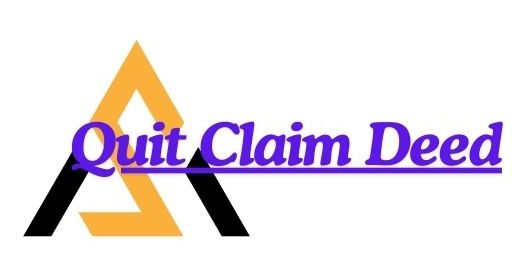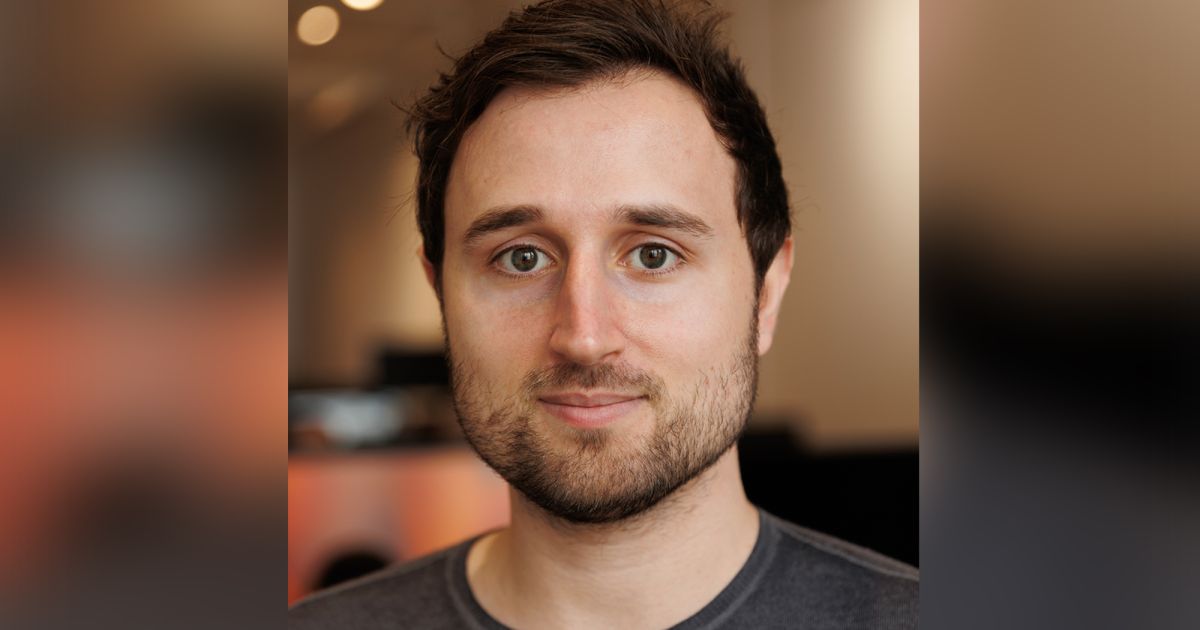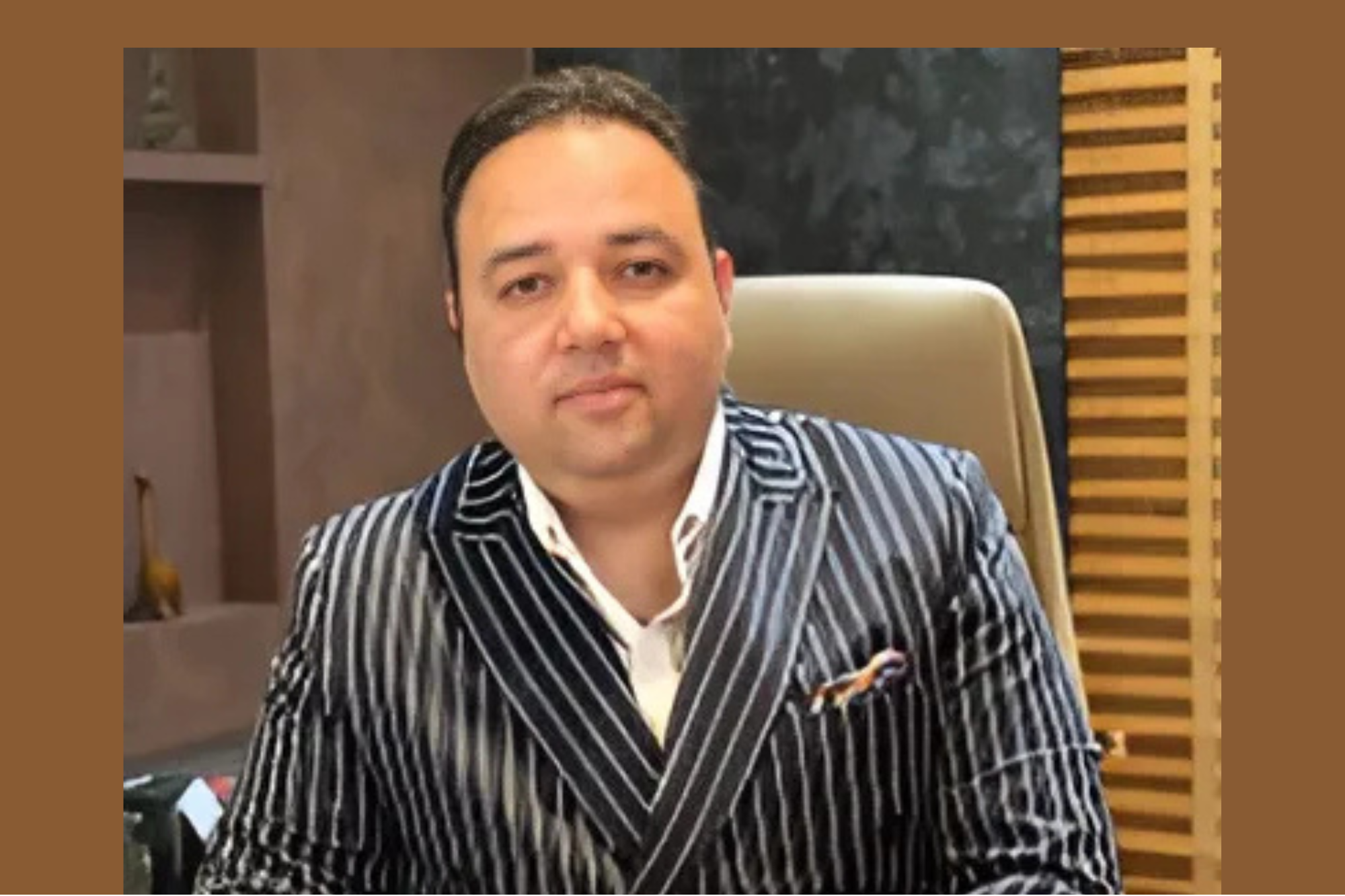The proptech world gained a fintech partner in the first week of December when Maybern emerged from stealth mode with a $14 million Series A round.
Primary Venture Partners, Camber Creek, Human Capital and MetaProp participated in the round for the Manhattan-based startup that seeks to unify financial and operational data on a single platform for private equity firms, including those focused on real estate.
CEO Ross Mechanic co-founded Maybern in July 2021 after his experiences at Cadre and elsewhere in the real estate industry made him realize that chief financial officers in the private equity space were still using Excel spreadsheets to manage their investments. (He’s also the son of legendary commercial real estate lawyer Jonathan Mechanic.)
Mechanic spoke to PropTech Insider earlier this month about his run-up to creating Maybern, how the company automates investment CFO data, and the ever-closer relationship between fintech and proptech in real estate.
This interview has been edited for length and clarity.
PropTech Insider: What got you to start Maybern?
Ross Mechanic: A little bit of my background: I’m a software engineer by training, and I worked at Cadre early in my career, right after college. I joined there on the engineering side, building tools to make our real estate teams more efficient. At the end of the day, Cadre was basically a tech layer on top of a traditional real estate private equity business. I joined there within the first 20 people and got to see a lot of the inefficiencies across real estate private equity as a whole, from deal pipeline management to asset management reporting.
Fast forward a couple of years, and I was running an engineering team working closely with our fund accounting team, and my job was basically to figure out where we could find efficiencies between our fund accounting team and our third-party fund admin. What I found was our admin was doing a lot of the same calculations that our internal team was doing, or our internal team was really redoing the calculations from our fund admin for capital calls, distributions and management fees. And we were catching errors all the time from our fund admin. On top of that, from our reporting standpoint, we had all of these individual investors and some institutional investors.
If you think about the database that we had to answer these questions, we didn’t really have one. We had 100 spreadsheets and our fund admin’s general ledger.
So, what did you do about it?
The question on my end was: Is all this business logic so bespoke that it needs to happen in Excel, or is there a large universe of business logic complexity, but fundamentally a finite one such that we could build software that could automate these calculations and drag down error rates? Then, I thought a lot about where that could go over time, when you have a perfect model of a fund and software.
Eventually, I joined Human Capital as an entrepreneur in residence and did a deep dive on proptech. I looked at a bunch of different businesses in the proptech space and in the private fund space, specifically on real estate funds to start, although now we service any private equity closed-end fund.
I found that what was true at Cadre is true everywhere. People have really difficult relationships with their fund admin. They’re redoing a lot of calculations coming from their fund admin and all these calculations are done in Excel. So, on one hand, there’s risk there, but on the other hand investors are increasingly scrutinizing these funds, as well as asking for additional granularity of reporting. Pair that with the fact that 300,000 accountants left the industry between 2019 and 2021, which is a 17 percent decline, and fewer people are getting their CPAs. You also have this combination of the overall market size getting larger, these fund sizes getting larger and more complex, and reporting requirements increasing, with fewer people to do the work in Excel.
And, so, we landed on this idea to really automate the business logic of private funds. We focus specifically on billion-dollar-plus funds. We started with real estate, but we’re now servicing private equity.
How did you build Maybern’s initial team?
We started in July 2021 and I brought on my co-founder and CTO, Ashwin Raghu, who was actually the CTO at Cadre for three years, in data engineering, so just a level of engineering talent the space doesn’t normally see. Then we brought on our chief business officer, who spent 22 years at Goldman Sachs, where he was managing director and co-head of finance and administration for the private equity business there. At the early stages, it was about combining really deep engineering expertise with deep fund accounting and operation expertise.
How much have you raised so far?
We’ve raised a little under $26 million to date, and we were pre-empted, meaning we weren’t actively fundraising, on a $14 million Series A round in May this year.
Who are your investors?
Most of the capital comes from VCs. Primary Ventures led our last round. But we’ve had investments from Human Capital, which led our pre-seed and seed, MetaProp, Camber Creek, Grafton Street Partners, friends and family capital, and some angels around the table as well.
Are those investors using your software for their fund managers?
We really focus on larger private equity and real estate funds. Venture tends to be a lot simpler. So we only think about venture above a certain size threshold. We definitely started talking to them about it, but the focus is more institutional private equity and real estate.
Who are some of your clients?
Gauge Capital, which is about $3 billion in assets under management (AUM), and private equity firm Madison Realty Capital has been a client for a little while, among others.
Who exactly interfaces with your software?
Specifically, real estate private equity firms that have closed-end fund structures, and any private equity firm that has closed-end fund structures. For instance, a firm that raises $2 billion in a closed-end, commingled fund and does JVs with different operating partners, or a firm that’s vertically integrated and still raises a lot of that capital in a fund structure, but also manages the underlying properties they invest in.
Were potential clients receptive to fund management software? Did they understand what you were trying to do?
I don’t think there’s really an equivalent product to what we have. A lot of clients, especially in real estate, might use something like Yardi as their general ledger. They might have an investor portal on the other side. But a lot of what we automate they’re doing in Excel today, so there wasn’t really an equivalent product.
I think when we first started customers felt that there was an aspect of, “This would be unbelievable if you could solve it, but our funds are too complex.” So we actually partnered early on with seven design partners that were fund managers, between $200 and $250 billion in AUM, and we spent about two years understanding the nuances and complexities across their funds to be able to codify those in software.
As we started selling, I think we went from CFOs that were generally skeptical, who had been sold solutions in the past that didn’t really work, to CFOs that were like, “OK, you’ve actually solved it. You can actually handle our complexities. You can handle things way more complex than what we even do.” So I think there was a big unlock when we first started selling around the notion that the solution actually works.
Is it the software or the concept that sold Maybern? Why were you able to do this when others have not?
It’s a combination of the software and concept. I think anyone we talk to, I get on the phone with the CFO and I say, “Hey, you probably have a difficult relationship with your fund admin, and you’re probably catching errors a lot of the time. Reporting is probably difficult. You’re probably doing all this in Excel.” And they’re nodding the whole time and smiling.
These funds are really complex. It’s really hard. I think most companies in the space start way more down market with much smaller funds, where the funds just aren’t anywhere near the complexity. We’re able to set up those design partnerships early with firms that were $200 to $250 billion in AUM and really get access to understand the nuances and complexities across these large funds with large institutional limited partners, which gave us a unique view into the space by starting upmarket.
I think it started with the fact that we focused on complexity first with an engineering and fund accounting team that enabled us to handle that complexity.
Is Maybern at the intersection of proptech and fintech?
I probably think about us more as fintech than proptech, because what we do applies to any closed-end fund. That can be private credit and it could be private equity in real estate. I think we started in real estate largely because there is so much complexity there. But I think what’s interesting about us is that ability to apply to real estate firms, but also more horizontally across the private fund business.
So you didn’t think of Maybern as a real estate technology company as you were developing the company?
We definitely talked to a lot of proptech folks. Camber Creek and MetaProp are both investors, and we spent a lot of time in that space with those firms, which are obviously great because they can leverage a lot of their relationships within real estate. But we’re definitely not real estate specific, and we’re not touching the underlying assets in the same way. We’re focused at the fund level.
Have you found that resistance is breaking down to adopting this technology? Is it desired by your potential clients who might not know how to interact with it?
I’d say both. I was on the phone with the CFO of a $10 billion private equity fund a couple of weeks ago, and he said that he’s been there 20 years, and the only thing that’s changed between when he started there and today is that they used to fax out investor notices and now they upload them to a portal.
As these firm’s investor bases get more sophisticated and investor reporting gets more complex, they’re really struggling to handle all that with their current operating model. So we add a painkiller to their process.
And I’d say that, across the board, I think we’re seeing more of a desire to increase efficiencies and gain competitive edges by using software. There’s definitely a learning curve, and there’s a little bit of hand holding about how to buy software, how to implement and manage it in order to update their processes. But I think there’s an optimistic view towards the benefit software can have in the industry.
Going into 2025, where do you see your company a year from now? What do you see as your goals and challenges?
What we have built to date, our core product, is really focusing on reducing risk and increasing efficiency. But where we’ve always wanted to go is to enable fund managers to make more strategic decisions rather than risk mitigation and efficiency. Shift that value prop into strategic decision-making. So a lot of our focus going into next year — and something will be launching in mid-year — is focused on fund modeling and projections.
Philip Russo can be reached at [email protected].




